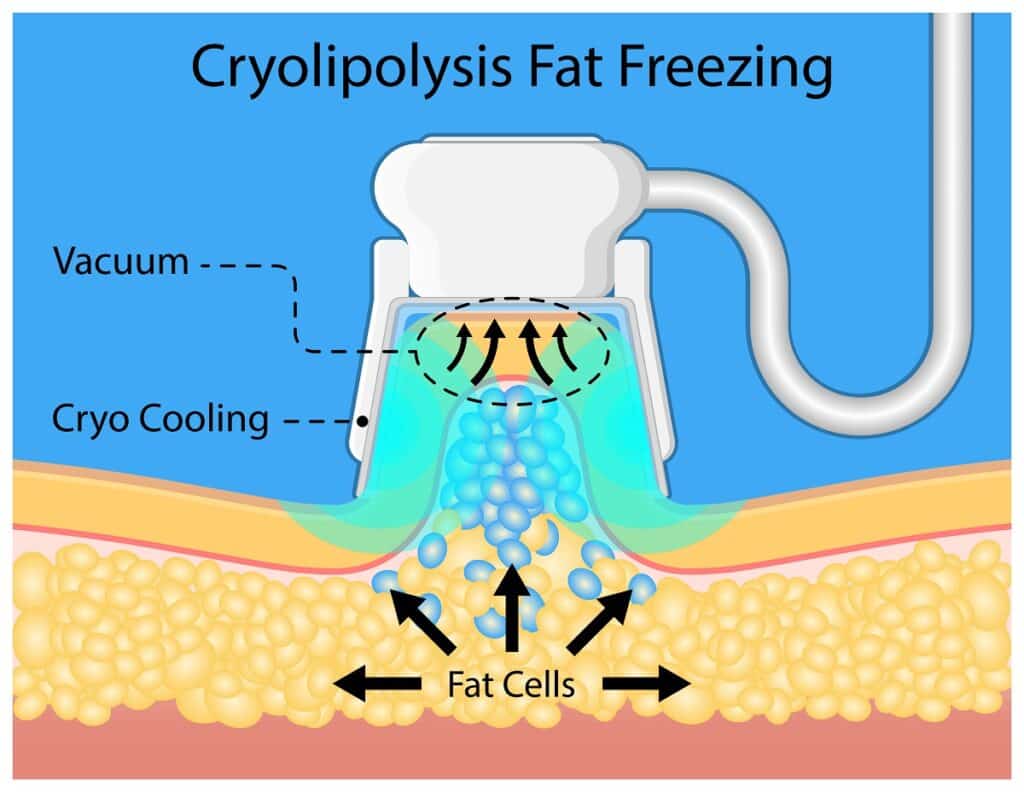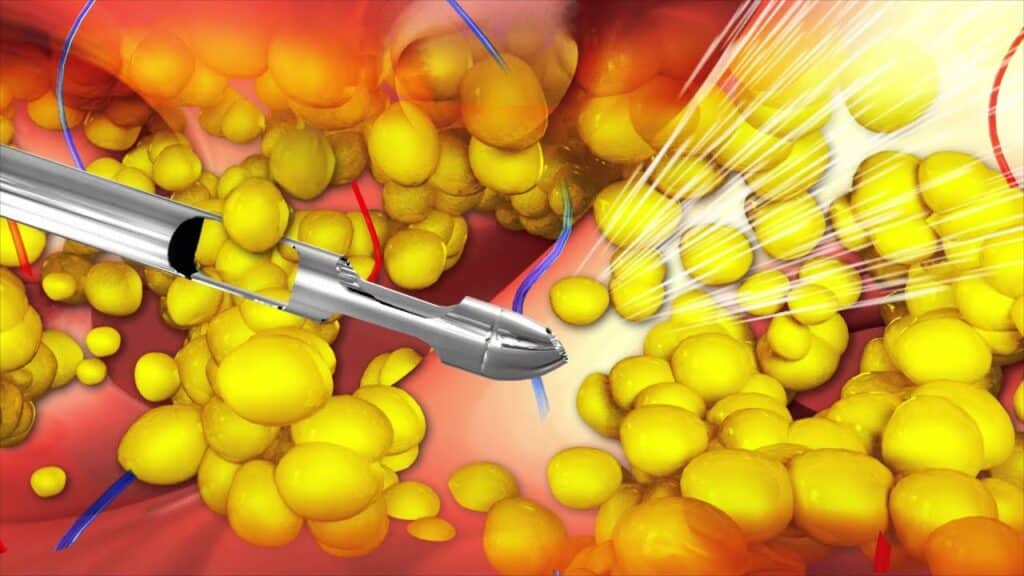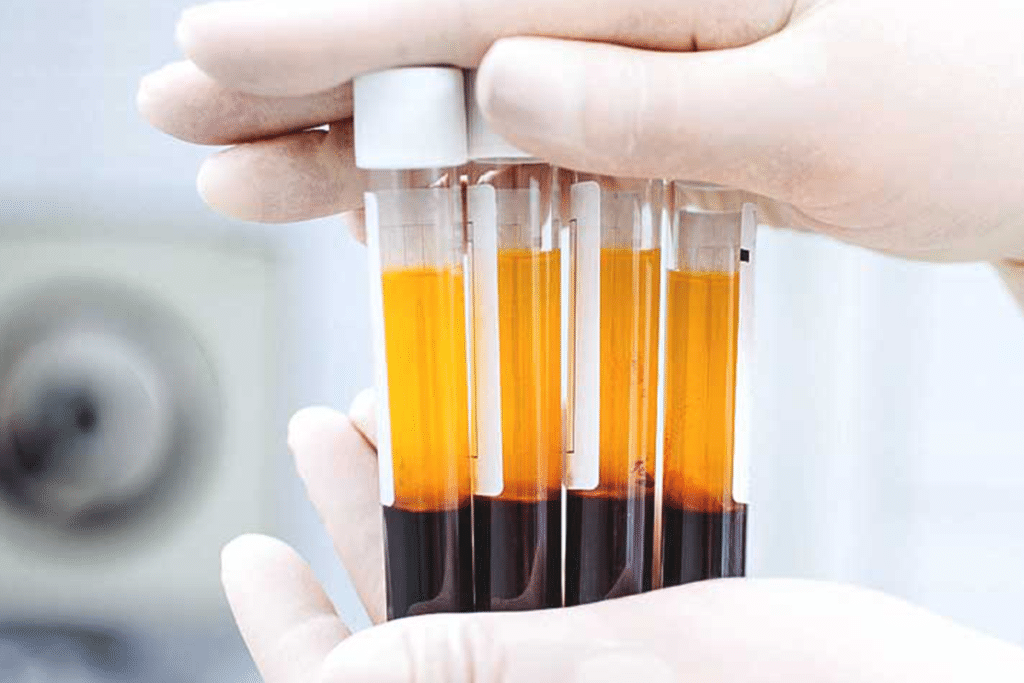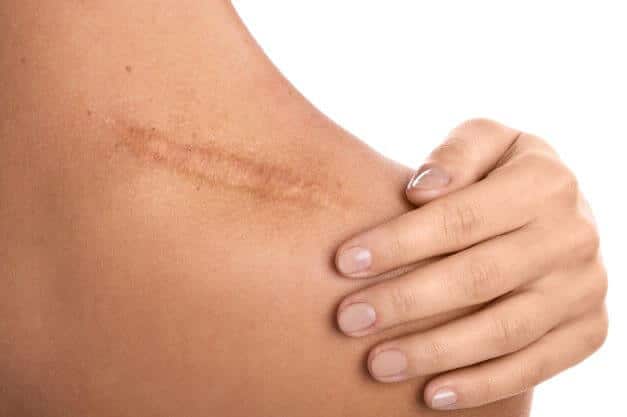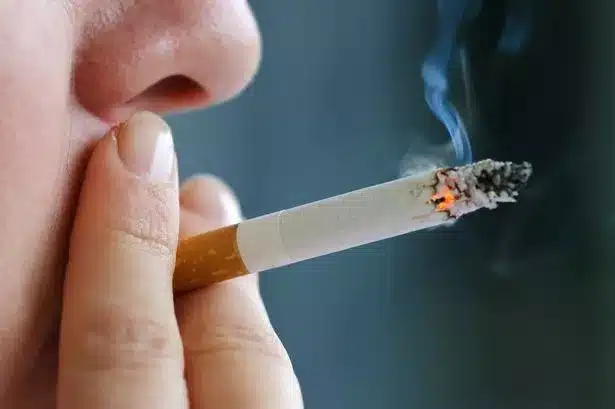Did you know that liposuction for men, a cosmetic surgery procedure, has increased by over 30% in recent years, particularly for male breast reduction and targeting chest fat as part of weight loss surgery? This trend is breaking the stigma surrounding male cosmetic procedures, especially in a bustling city like New York, with appointments for regular liposuction, laser liposuction, and even invasive liposuction on the rise. Men are now embracing body sculpting, considering male liposuction as a way to enhance their confidence and appearance, with many becoming male liposuction patients and some even being male liposuction candidates or opting for male breast reduction.
Gone are the days when cosmetic surgery, including lipo, was seen as solely a women’s domain. Today’s modern man understands the importance of self-care, lipo, and personal grooming. Liposuction offers a solution for those struggling with stubborn fat, helping them achieve their desired physique. This post dives into how men are reshaping beauty standards, including lipo, and what this means for the future of cosmetic surgery.
Key Takeaways
- Male liposuction is becoming more accepted, helping to break the stigma around body image issues in men. Consider discussing your concerns about minimally invasive liposuction NYC with a professional to explore your options.
- Ideal candidates for liposuction are those who are at a stable weight and have localized fat deposits. Assess your suitability by consulting with a qualified surgeon.
- The benefits include improved body contour and increased confidence. Think about how these advantages, like lipo, could positively impact your self-esteem and lifestyle.
- Understanding the liposuction procedure is crucial. Familiarize yourself with what to expect during the lipo process to ease any anxiety you may have.
- Proper preoperative preparation for lipo and postoperative care are essential for a smooth recovery. Follow your surgeon’s guidelines closely for the best results.
- Real patient experiences can provide insight into the emotional and physical journey of liposuction. Hearing from others can help you feel more connected and informed about your decision.
Understanding Male Liposuction
What is Male Liposuction?
Male liposuction is a cosmetic surgery that removes fat from specific areas of the body. It focuses on body contouring rather than weight loss. This procedure differs from female liposuction in technique and approach. Men often have different lipo fat distribution patterns due to hormonal differences.
Surgeons tailor the process to suit male anatomy. They use specialized techniques like lipo to achieve a more masculine shape. For instance, men may desire lipo for a flatter abdomen or more defined chest contours.
Common Problem Areas
Men commonly struggle with fat in certain areas. The abdomen is a frequent concern, often referred to as ‘love handles,’ and lipo can help. Fat can also accumulate in the flanks, making it difficult to achieve a slim profile.
The lower back is another area where men seek lipo improvement. Excess fat can lead to discomfort and self-consciousness. Many men experience unwanted fat on their chests, sometimes leading to a condition known as gynecomastia, which may require lipo.
The neck area is also a common target for liposuction. A double chin can make individuals feel less confident. Removing fat through minimally invasive liposuction NYC from this region can create a more youthful appearance.
Male Liposuction Candidates
Not everyone is a good fit for male liposuction. Ideal candidates are generally healthy and within their target weight range. They should have localized fat deposits that do not respond to diet or exercise.
A male liposuction consultation helps determine if someone qualifies for the procedure. During this meeting, surgeons discuss goals and expectations. They assess medical history and overall health.
Costs of Male Liposuction
Understanding the male liposuction cost is crucial for potential candidates. Prices vary based on several factors, including location, surgeon experience, and the extent of the procedure.
In New York, costs can range from $3,000 to $10,000. This price often includes anesthesia and facility fees. Patients should inquire about financing options during their consultation.
Final Thoughts
Liposuction is not meant as a weight loss solution. Instead, it reshapes specific areas of the body for improved aesthetics. Men considering this procedure should understand its purpose and limitations.
Ideal Candidates
Health Status
Ideal candidates for male liposuction must be in good health. This means they should not have serious medical conditions that could complicate surgery. Conditions like heart disease or diabetes can increase risks. A thorough medical evaluation is essential before proceeding.
Candidates should also be at or near their ideal weight. Liposuction is not a weight-loss method but a body contouring procedure. Men with stubborn fat deposits that do not respond to diet and exercise are often the best candidates. These deposits can occur in areas like the flanks, abdomen, and chest.
Realistic Expectations
Having realistic expectations is crucial for potential candidates. Men should understand that liposuction will not create a perfect body. Instead, it helps improve body shape and remove stubborn fat. Patients should discuss their goals with the surgeon to ensure they align with what the procedure can achieve.
Men often have specific concerns about their appearance. They may want to eliminate love handles or excess fat around the stomach. Understanding the limits of the surgery helps prevent disappointment later.
Skin Elasticity
Good skin elasticity plays an important role in determining candidacy for liposuction. Skin that can tighten well after fat removal leads to better results. If skin is loose or sagging, it might not respond well to the procedure. This can lead to unsatisfactory results post-surgery.
Surgeons will assess skin quality during consultations. They may recommend other procedures if skin elasticity is poor. For instance, older men or those who have lost significant weight might need additional treatments for optimal results.
Age Considerations
Age can influence candidacy as well. While liposuction is available to men of various ages, younger patients typically have better skin elasticity. Older men may face more challenges due to natural aging effects on the skin.
However, age alone does not disqualify someone from being a candidate. Many older men seek liposuction to regain their youthful appearance. As long as they are healthy and have realistic goals, they can benefit from the procedure.
Benefits of Male Liposuction
Physical Benefits
Male liposuction offers significant physical advantages. It effectively removes stubborn fat that resists diet and exercise. Many men struggle with areas like the abdomen, flanks, or back. These problem zones can be frustrating. Liposuction targets these areas, leading to a smoother body contour.
Another common issue is gynecomastia. This condition causes enlarged male breasts due to excess fat or glandular tissue. Male breast reduction through liposuction helps reshape the chest area. Many male lipo patients report feeling more comfortable in their skin after the procedure.
Emotional Benefits
The emotional benefits are just as important. Men often experience increased confidence after undergoing liposuction. They feel more satisfied with their appearance. This newfound confidence can positively impact various aspects of life, including personal relationships and professional interactions.
Self-esteem plays a crucial role in overall well-being. When men feel good about how they look, they tend to engage more socially. They may participate in activities they previously avoided due to body image concerns. For example, many older males who have undergone liposuction express joy in wearing fitted clothing or swimming without hesitation.
Quick Procedure
Liposuction is known for its efficiency. The procedure typically occurs on an outpatient basis, allowing patients to return home the same day. Most procedures last only a few hours, depending on the amount of fat being removed. Recovery times are relatively short, with many men returning to regular activities within days.
This quick turnaround makes it appealing for busy individuals. Many men appreciate that they can achieve their desired results without significant downtime. The ability to see immediate changes adds to the satisfaction of male lipo patients.
The Liposuction Procedure
Steps Involved
The liposuction procedure begins with the surgeon marking areas for fat removal. They make a small puncture in the skin. This incision is usually less than an inch long.
Next, numbing medicine is injected into the area. This step helps reduce pain during the surgery. After that, the surgeon uses a special tool called a cannula. The cannula breaks up the fat cells and allows them to be suctioned out.
Once the fat is loosened, suctioning begins. Surgeons often use a vacuum-like device connected to the cannula. This method effectively removes unwanted fat from the body. The entire process can take one to several hours, depending on how much fat needs to be removed.
Techniques Used
Different liposuction procedures exist to match patient needs. Traditional liposuction is one common method, using manual suction techniques.
Laser liposuction treatment is another option. It uses lasers to melt fat before suctioning it out. This technique can lead to quicker recovery times and less bruising.
Tumescent liposuction is also popular. This method involves injecting large amounts of fluid into the target area before fat removal. The fluid contains numbing agents and helps minimize blood loss.
Surgeons choose the technique based on patient goals and health conditions.
Post-Procedure Care
After the liposuction surgery, patients receive specific care instructions. Dissolving stitches are used, which means no need for removal later. These stitches help close the small incisions made during the procedure.
Patients must wear a compression garment after surgery. This garment helps reduce swelling and supports healing. Wearing it as directed is crucial for optimal results.
Recovery varies by individual but typically lasts a few weeks. Patients may experience some bruising and swelling during this time. Most can return to normal activities within a week or two.
Emotional Impact
Men often feel self-conscious about their bodies. Many seek male liposuction to improve their confidence and appearance. The stigma surrounding this procedure is slowly fading in places like New York.
More men are recognizing that seeking help for body image issues is okay. They understand that taking steps towards improvement can lead to better mental health.
Liposuction can provide significant benefits beyond physical changes. It can boost self-esteem and enhance overall well-being.

Preoperative Preparation
Consultation
Patients should schedule a consultation with their surgeon before the procedure. This meeting allows for a detailed discussion about goals and expectations. The surgeon will explain the process, including what to expect during recovery.
Surgeons often assess each patient’s body type and desired results. They provide personalized advice based on individual needs. This step is crucial in ensuring patients feel comfortable and informed.
Instructions
Following specific instructions from the surgeon is essential. Patients must avoid certain medications, especially blood thinners like aspirin or ibuprofen. These can increase bleeding risks during the outpatient procedure. Smoking also poses significant risks, as it can hinder healing and affect overall appearance.
Surgeons may recommend stopping smoking at least two weeks before surgery. This change can improve recovery outcomes significantly. Patients should also maintain a stable weight leading up to the procedure. Significant weight fluctuations can alter results and complicate recovery.
Anesthesia
Understanding the type of anesthesia used is important. Most liposuction procedures use local anesthesia combined with sedation. This approach helps patients remain relaxed yet aware during the operation. Some cases may require general anesthesia, depending on the extent of fat removal.
Surgeons will discuss anesthesia options during the consultation. Patients should express any concerns regarding sedation methods. Knowing what to expect can ease anxiety surrounding the procedure.
Arrangements
Patients need to make arrangements for postoperative care. It is wise to have someone available to drive them home after the procedure. This ensures safety and comfort after anesthesia wears off.
Having a friend or family member assist during recovery can be beneficial. They can help manage pain, monitor for complications, and provide emotional support. Recovery typically requires rest and limited physical activity.
Body Care
Taking care of one’s body before surgery plays a vital role in outcomes. A healthy lifestyle contributes to better results and faster recovery times. Patients should focus on balanced nutrition and regular exercise leading up to the procedure.
Staying hydrated is equally important, as it aids in healing and reduces swelling post-surgery. Surgeons may provide specific dietary guidelines to follow before surgery.
Recovery and Postoperative Care
Quick Recovery
Recovery from liposuction is often quicker than many expect. Most men return to work within a week after the procedure. This quick turnaround allows them to resume their daily lives without prolonged downtime. Light activities can usually start shortly after surgery. However, strenuous exercise should wait for at least three weeks. Listening to the body is essential during this time.
Compression Garments
Wearing compression garments plays a crucial role in recovery. Surgeons typically recommend wearing these garments for about three months post-surgery. They help reduce swelling and support the healing process. Compression garments also improve skin retraction, leading to better results. It’s important to wear them consistently for optimal outcomes. Not following this advice can lead to complications or unsatisfactory results.
Postoperative Instructions
Following the surgeon’s postoperative care instructions is vital for proper healing. Patients should attend all follow-up appointments. These visits allow surgeons to monitor recovery progress and address any concerns. Pain and soreness are common but manageable with prescribed medications. Patients should report any unusual symptoms, such as excessive swelling or fever, immediately.
Surgeons often provide specific guidelines on activity levels during recovery. Avoiding heavy lifting and intense workouts is necessary for several weeks. Engaging in light walking can promote blood circulation and aid healing.
Managing Soreness
eness is a normal part of the recovery process. It may last for several days after surgery. Patients can manage discomfort with over-the-counter pain relief, as recommended by their doctor. Applying ice packs can also help alleviate soreness in the initial days.
Emotional Support
Emotional support during recovery is important too. Men may feel vulnerable about their bodies post-surgery. Connecting with friends or support groups can help ease anxiety and boost confidence. Sharing experiences with others who have undergone similar procedures can be beneficial.
Long-term Care
Long-term care involves maintaining a healthy lifestyle after the initial recovery period. Regular exercise and a balanced diet can enhance results over time. Staying active helps maintain weight loss achieved through liposuction.
Real Patient Experiences
Patient Satisfaction
Many men report high levels of satisfaction after undergoing liposuction. They often share stories about how the procedure transformed their lives. One patient, John, had struggled with stubborn fat for years. He felt self-conscious about his body. After the surgery in 2022, he noticed a significant change. “I finally feel comfortable in my own skin,” he said.
Another man, Mike, shared his experience from 2021. He mentioned that the recovery was easier than he expected. “The pain was minimal,” he stated. He appreciated how quickly he could return to work. His confidence soared after seeing the results.
Confidence Boost
Many patients experience a boost in confidence following liposuction. This change often leads to improved social interactions and personal relationships. For instance, Tom, who had liposuction in early 2023, reported feeling more attractive to women. “I never thought I could look like this,” he remarked. His story highlights how such procedures can impact one’s self-esteem.
Men also notice changes in their daily lives after the procedure. Some find themselves participating in activities they avoided before. They engage more at the gym or join social events without hesitation. The transformation goes beyond physical appearance; it enhances overall well-being.
Before-and-After Results
Before-and-after photos reveal the effectiveness of liposuction for men. These images showcase remarkable transformations and can help others make informed decisions. Many clinics offer galleries featuring real patients. For example, one patient lost over 30 pounds of fat through liposuction and gained muscle definition afterward.
These visuals allow potential patients to understand what is possible with this procedure. Seeing actual results can motivate men who consider liposuction but hesitate due to stigma or fear.
Emotional Impact
The emotional impact of liposuction extends beyond aesthetics. Patients often express relief from years of frustration with their bodies. They appreciate the chance to start fresh and embrace new opportunities.
For some, this journey begins with overcoming societal expectations about masculinity and body image. Men are learning that seeking help is not a sign of weakness but a step toward better health.
Addressing Common Concerns
Pain Management
Many men worry about the pain associated with liposuction. Advanced techniques now reduce discomfort significantly. Surgeons often use local anesthesia or sedation to enhance comfort. Patients typically report minimal pain during and after the procedure. Recovery is faster than in the past. Most men return to their normal activities within a week.
Safety First
Safety is a top concern for anyone considering liposuction. Studies show that when performed by a qualified surgeon, the risks are low. It’s crucial to choose someone with experience in male liposuction. A board-certified surgeon ensures proper care throughout the process. They will evaluate your health and discuss any potential risks beforehand.
Skin Tightening
e men believe that liposuction also removes loose skin. This is a common misconception. Liposuction targets specific problem areas by removing fat but does not tighten skin. The body relies on its natural ability to tighten skin over time after the procedure. Results may vary based on individual skin elasticity and age.
Confidence Boost
Men often seek liposuction to improve their appearance in trouble spots like the abdomen or love handles. Many find that this procedure boosts their confidence and self-esteem. Real-life experiences show that patients feel more comfortable in their bodies post-surgery. They often share stories of renewed vigor and enthusiasm for life.
Questions Answered
Potential patients have many questions before undergoing liposuction. They often ask about recovery time, results, and what to expect afterward. It’s important to have open discussions with your surgeon to address these concerns fully. Ask about the amount of fat that can be safely removed and how it will affect your body shape.
Exercise After Surgery
Another common question involves returning to exercise post-surgery. Doctors usually recommend waiting at least two weeks before resuming strenuous activities. Gentle walking can help improve circulation right after surgery. Gradually increasing exercise levels helps maintain results long-term.
Choosing the Right Surgeon
Importance of Credentials
Selecting a board-certified plastic surgeon is crucial. The right surgeon has completed extensive training and meets high standards. Look for someone who specializes in male liposuction. This ensures they understand the unique challenges men face during the procedure. Check if the surgeon is certified by the American Board of Plastic Surgery. This certification shows they have the necessary skills.
Researching Reviews
Researching a surgeon’s background can help you make informed cosmetic surgery decisions. Read reviews from previous patients. These insights can reveal satisfaction levels and results. Look for before-and-after photos to see actual outcomes. This visual evidence helps set realistic expectations about what the surgery can achieve.
Scheduling Consultations
Scheduling a consultation is an important step. During this meeting, discuss your goals openly. Bring a list of questions to ask the surgeon. Inquire about their experience with male liposuction specifically. Understanding their approach to surgery can ease concerns.
Evaluating Options
Evaluate different options before making a decision. Some surgeons may offer various techniques for liposuction. Each option may have different recovery times and results. Discuss these options during your consultation to find out what suits you best.
Building Trust
Establishing trust with your surgeon matters greatly. A good rapport can lead to better communication throughout the process. It’s essential to feel comfortable sharing your thoughts and concerns. This relationship can significantly impact your overall experience.
Understanding Costs
Understanding costs associated with liposuction is vital as well. Prices can vary widely based on location, surgeon experience, and facility fees. In New York, costs typically range from $3,000 to $10,000 or more, depending on the extent of the procedure. Ensure you get a clear breakdown of all expenses involved.
Considering Recovery
Recovery time is another factor to consider when choosing a surgeon. Most men return to regular activities within one to two weeks after surgery. However, full recovery may take several months. Ask your surgeon about their approach to post-operative care and follow-up appointments.
Long-term Results
Discuss long-term results with your surgeon as well. Liposuction removes fat cells permanently, but maintaining weight is key for lasting effects. Surgeons should provide guidance on lifestyle changes that support weight management after surgery.
Conclusiones Finales
Liposuction for men is no longer a taboo. You’ve learned about the procedure, benefits, and real experiences that make it a viable option. The stigma is fading, and more men are taking charge of their body image. Understanding how liposuction can enhance your confidence is key.
Choosing the right surgeon is crucial for your success. Ensure you do your research and ask the right questions. Your body deserves the best care. If you’re ready to break the stigma and explore liposuction, take that first step today. Reach out to a qualified professional who can guide you through the process.
Frequently Asked Questions
What is male liposuction?
Male liposuction is a cosmetic procedure designed to remove stubborn fat deposits from various areas of the body, helping men achieve a more sculpted physique. It targets areas like the abdomen, chest, and flanks.
Who are ideal candidates for male liposuction?
Ideal candidates are men who are at or near their target weight but struggle with localized fat. They should be in good health, have realistic expectations, and understand the procedure’s risks and benefits.
What are the benefits of male liposuction?
Benefits include improved body contouring, enhanced self-esteem, and a more defined appearance. It can also lead to better fitting clothes and increased motivation for maintaining a healthy lifestyle.
How is the liposuction procedure performed?
Liposuction involves making small incisions in targeted areas. A thin tube, called a cannula, is inserted to suction out excess fat. The procedure typically lasts one to three hours, depending on the extent of treatment.
What should I expect during recovery?
Recovery includes swelling and bruising, which usually subside within two weeks. Most men return to light activities within a few days but should avoid strenuous exercise for about four to six weeks.
Are there any common concerns about male liposuction?
Common concerns include potential complications like infection or uneven results. However, choosing an experienced surgeon can significantly reduce these risks and ensure a satisfactory outcome.
How do I choose the right surgeon for my procedure?
Look for board-certified plastic surgeons specializing in male liposuction. Check their credentials, read patient reviews, and schedule consultations to discuss your goals and concerns before making a decision.



